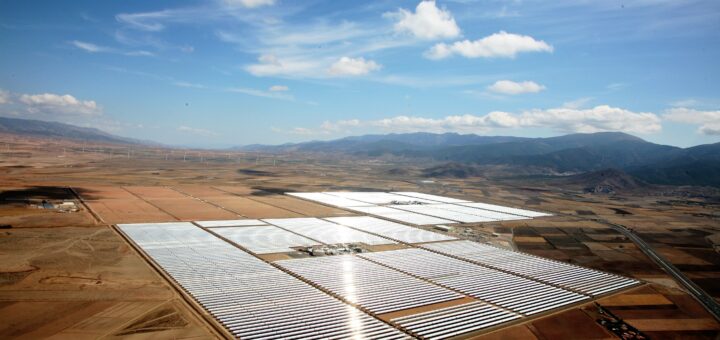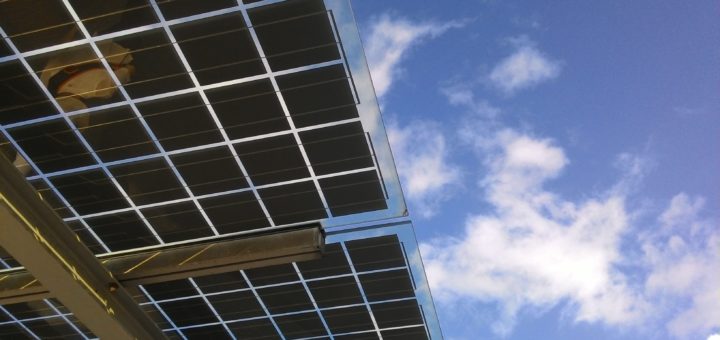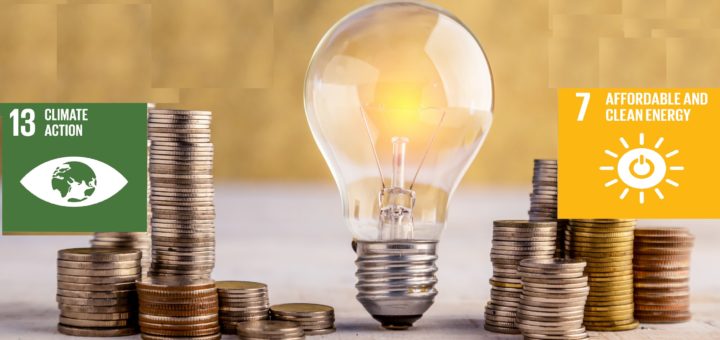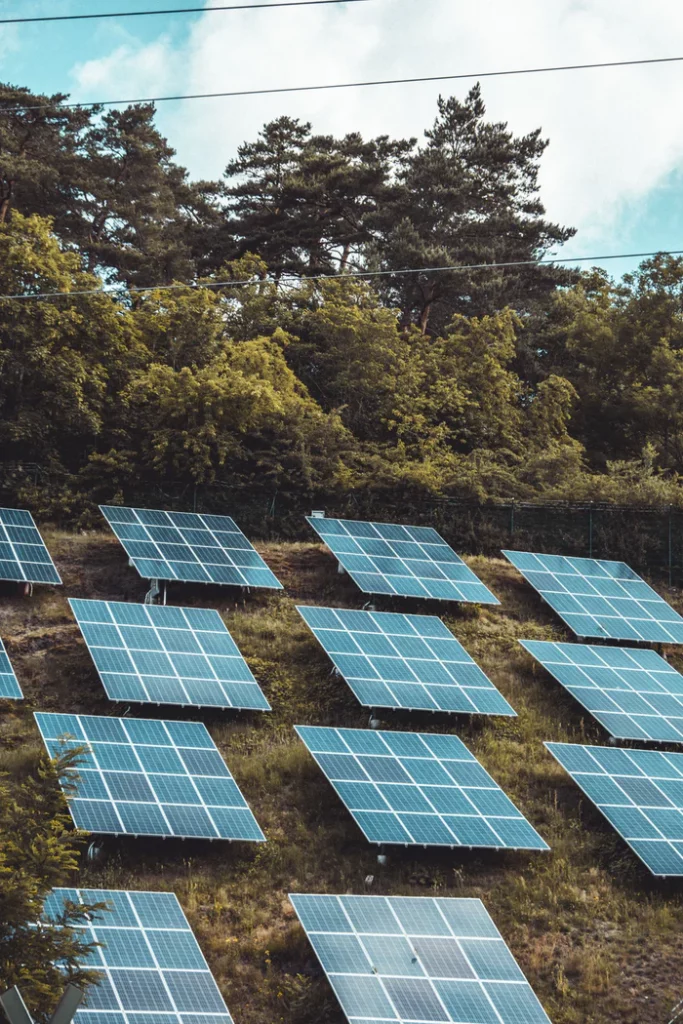Different Concentrated Solar Power (CSP) projects has pros and cons for cooperation, so the policy goals in the importing and exporting countries, which partially depend on the context conditions in these countries, should be considered. This post discusses and derives policy implications from CSP projects and how this effects cooperation.
Financing the transition
There is no uniform format in the energy sector of the EU, although there are some initiatives for regional cooperation leading to intense cooperation between governments in specific parts of Europe. The main asset of regional cooperation lies in the ability of the involved actors to co-ordinate more efficiently. More work is required to address issues related to the further deployment of RES from 2020 to 2030 e.g., the most efficient use of RES potential.
Achieving a decarbonised electricity sector is difficult, the main problem lies in integrating new energy sources e.g. Renewable Energy Sources (RES) into existing energy systems. This research is focused on achieving a decarbonised electricity sector in Greece and include both generating and storing clean energy at the local level. The DREEM model was calibrated for the case of Greece and simulated for 3 scenarios. Resulting with 2 policy scenarios.
Low carbon investments need to increase if the world is to achieve the Paris Agreement aim of keeping global warming below 2°C. A fundamental transformation of the global energy system can be achieved with a comparatively modest increase in overall investments. Shift of investments away from fossil fuels and toward renewables/energy efficiency is needed. Current incentives like the NDCs will not provide sufficient impetus for the “pronounced change” that are needed for the energy system.
Photovoltaics (PV) has become the cheapest source of electricity in many countries and every two years, the capacity is roughly doubled, but it is uncertain if this growth will be sustained. If potential barriers to deployment are addressed, PV could cost-competitively supply 30-50% of global electricity by 2050. Two potential barriers which need to be addresses could hinder continued growth: integration challenges, as many options exist, and the financing costs require international cooperation.





